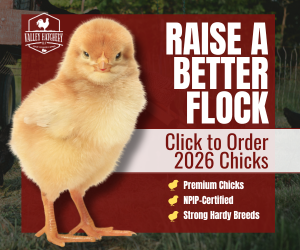3LilChickadees
Chirping
We bought a used coop from our neighbors, mostly out of charity, partly thinking having SOMETHING was better than starting from scratch. Although, we are basically rebuilding it.
The inside is DISGUSTING. We will definitely be doing a thorough cleaning and sanitizing wash before our pullets move in. I have a personal aversion to bleach. In our home we use hydrogen peroxide, which thanks to covid I know is CDC approved. Does it (or anything else) get a thumbs up from the chicken industry? This is for a 4H farm project, so we are following "best practices" to begin with. I will use bleach if I have to. When the project is over in September, we will have more leeway to be more practical and less technical. (Such as goodbye industry feed and hello free range, fermented feed, and permaculture!)
The inside is DISGUSTING. We will definitely be doing a thorough cleaning and sanitizing wash before our pullets move in. I have a personal aversion to bleach. In our home we use hydrogen peroxide, which thanks to covid I know is CDC approved. Does it (or anything else) get a thumbs up from the chicken industry? This is for a 4H farm project, so we are following "best practices" to begin with. I will use bleach if I have to. When the project is over in September, we will have more leeway to be more practical and less technical. (Such as goodbye industry feed and hello free range, fermented feed, and permaculture!)




